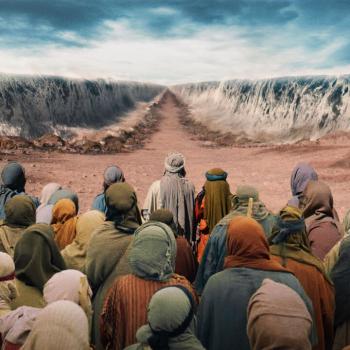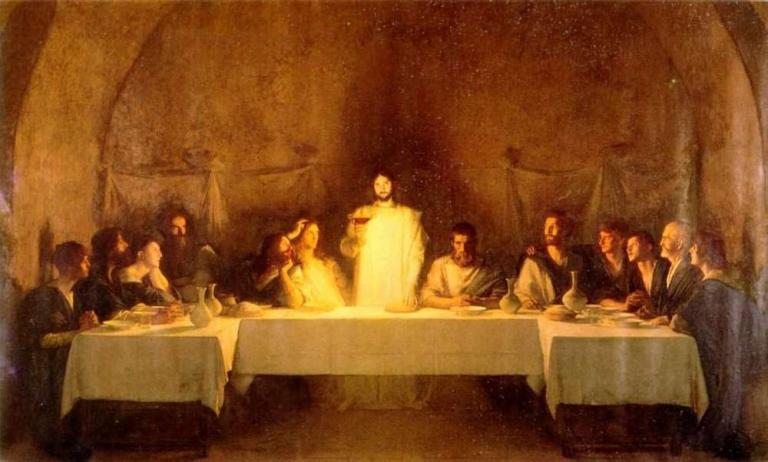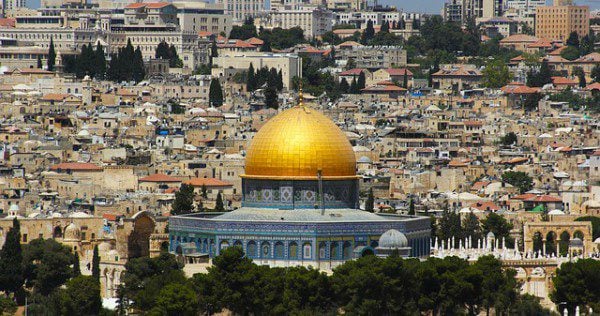Sixty-eight years ago today, the modern state of Israel was born. The tiny nation, surrounded by enemies on all sides, declared her independence.
But some today claim this was an act of theft. They say Jews stole land from the Palestinians, the rightful owners.
When critics accuse Israel of theft, they often say there was no attempt in 1948 to create two states, one for Jews and one for Arabs.
Is that true? Was there no attempt to create two states then?
There was. The United Nations partitioned Palestine in 1947, offering part to Jews and part to Arabs, with the intention that each part would become either a state or part of a state. The Arab state of Jordan already existed. Already home to many Palestinians, it was in position to annex the West Bank portion of the land partitioned for Arabs.
Critics allege that the UN partition was unfair to Arabs, because non-Jews made up 93 percent of the population of Palestine and 78 percent of the land was left in Jewish hands. But here is what is commonly forgotten: the part of Palestine allotted to Jews was home to a substantial Jewish majority—538,000 Jews to 397,000 Arabs, according to official UN estimates. Besides, the “Jewish national home,” mandated by the League of Nations in 1920, originally included what is now the state of Jordan. Eighty percent of this was given to Arabs, in what was then called Trans-Jordan. The remaining 20 percent was divided in the 1947 partition, which means Jews received only 17.5 percent of what was originally designated to be theirs.[i]
Jews were unhappy because the land they were given did not include Jerusalem, where Jews comprised the largest religious population since the middle of the nineteenth century and constituted an absolute majority in the city from the end of the nineteenth century. Moreover, sixty percent of the Jewish state was the Negev, an arid desert then thought to be useless.[ii] Yet the Jews accepted the UN Partition Plan. The Arabs did not.
Although they were unhappy with the partition, Jews did not rob land from poor Arab peasants, as many of today’s critics suggest. By 1948 Britain had allocated 187,500 acres of cultivable land to Arabs and only 4,250 acres to Jews. So Jews were forced to pay exorbitant prices for arid land to wealthy, often absentee landlords—$1,000 per acre, when rich black soil in Iowa was getting $110 per acre.[iii]
By 1947, 73 percent of land purchased by Jews came from large landowners, including Arab mayors of Gaza, Jerusalem, and Jaffa, and leaders of the Arab nationalist movement.[iv] In his memoir, King Abdullah of Jordan said the story of Jewish displacement of Arabs from their land was a fiction: “Arabs are as prodigal in selling their land as they are in . . . weeping [about it].”[v]
Other critics have linked theft of the land to Arab flight from the land in 1948. It is true that hundreds of thousands of Arabs felt compelled to abandon their homes during the 1948 Arab-Israeli War. They fled the violence of war, which was begun by the Arab nations, not Israel. The majority simply wanted to get out of the line of fire. Jewish fighters did use psychological warfare to encourage Arabs to abandon a few villages, and in the Ramle-Lod region forced some Arabs to move a few miles away to an area occupied by the Arab Legion. But most of the Arabs who left did so because they were encouraged by Arab leaders.[vi] The Syrian Prime Minister Haled al Azm wrote in his memoirs, “Since 1948 we have been demanding the return of the refugees to their homes. But we ourselves are the ones who encouraged them to leave.”[vii] The Economist, a frequent critic of Zionists, reported in the October 2, 1948 issue that “the Higher Arab Executive . . . clearly intimated that those Arabs who remained in Haifa and accepted Jewish protection would be regarded as renegades.”
When anyone feels forced to abandon a home, it is a tragedy. But this cannot be blamed solely or mainly on Jews in 1948. Nor can it be called theft without disregard for the historical context.
[i] Historic Palestine comprised what is today’s Jordan (approximately 35,640 square miles), Israel (8,019 square miles), Gaza (139 square miles) and the West Bank (2,263 square miles).
[ii] Aharon Cohen, Israel and the Arab World (Boston: Beacon Press, 1976), 238.
[iii] Benny Morris, Righteous Victims (New York: Vintage Books, 2001), 111; Abraham Granott, The Land System in Palestine: History and Structure (London: Eyre & Spottiswoode, 1952), 278.
[iv] Hillel Cohen, Army of Shadows: Palestinian Collaboration with Zionism, 1917–1948 (Oakland: University of California Press, 2009), 205-06, 214-22, 224-29.
[v] King Abdullah of Jordan, My Memoirs Completed (London: Longman, 1978), 88-89.
[vi] Yigal Allon, My Father’s House (New York: WW Norton, 1976), 192; Benny Morris, “Operation Dani an the Palestinian Exodus from Lydda and Ramle in 1948,” Middle East Journal (Winter 1986), 82-83. The battle for the Arab village Deir Yassin is often characterized as a Jewish massacre and forced expulsion of Arabs. But it appears to have been fierce fire fight with dead on both sides, after which most villagers fled. See Benny Morris, Righteous Victims (New York: Vintage Books, 2001), 207-09.
[vii] The Memoirs of Haled al Azm, (Beirut, 1973), Part 1, 386–7.













